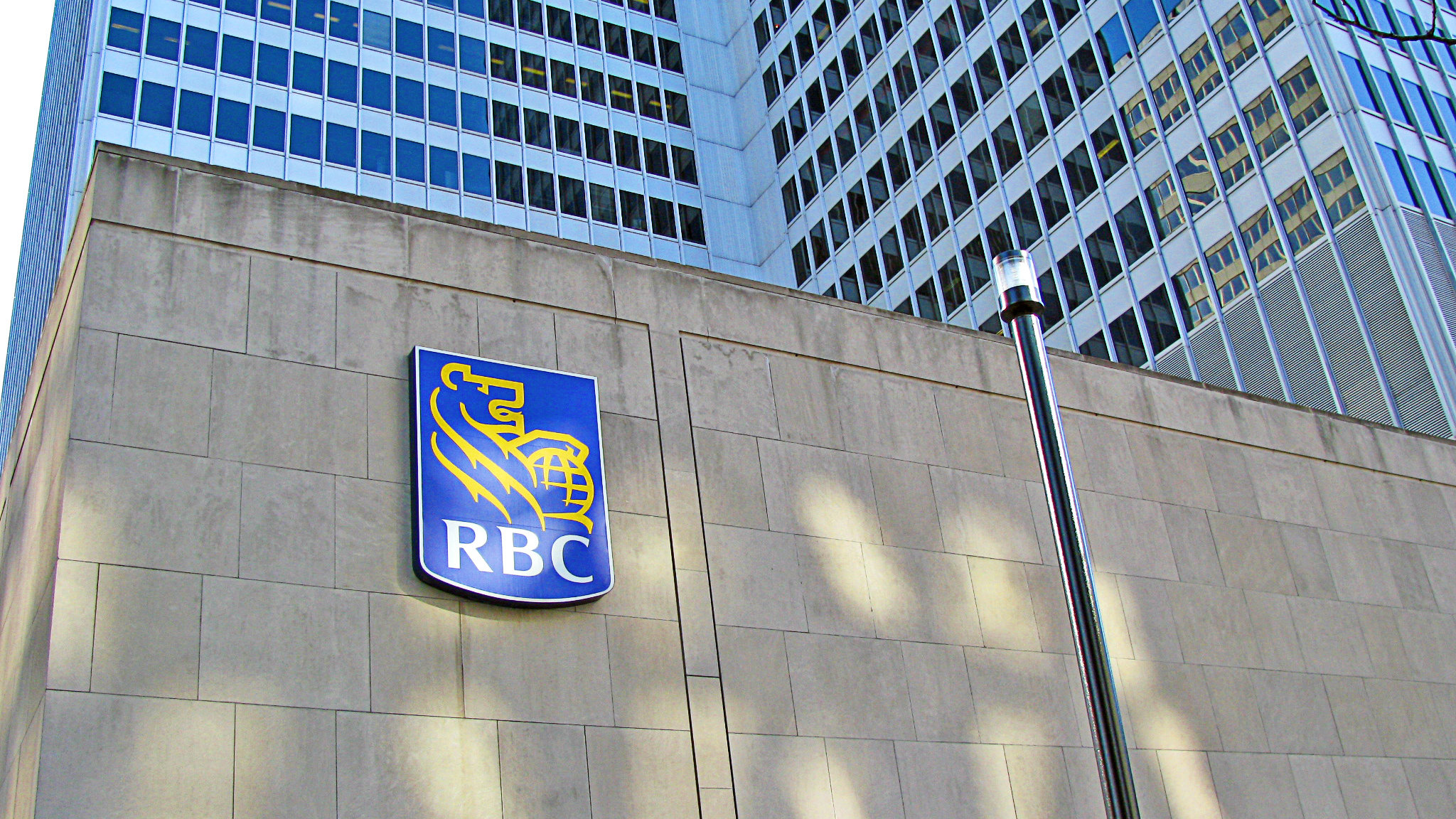A stable and growing dividend stock deserves a permanent spot on every income-seeking investor’s portfolio. At the moment, one of the best places to derive these regular and expanding dividends is Canada’s robust banking sector.
Banking specialist Matt Frankel recently told the Motley Fool that Canadian banks have not faced a major crisis since 1839. That’s over a century and a half of stable growth, which is reflected in the total shareholder returns of major banks like Toronto-Dominion Bank (TSX:TD)(NYSE:TD) and National Bank of Canada.
However, if you’re looking for the best bank for dividends, why not go for the largest bank in the country? Royal Bank (TSX:RY)(NYSE:RY) recently overtook TD in terms of market capitalization, making it the king of the banking castle.
By most other metrics, RBC is very similar to TD. Both banks have extensive and expanding exposure to the U.S. banking sector. As I mentioned in my previous article, nearly one-third of TD’s business is now based in the U.S. and is growing at 44% every year.
Meanwhile, 21% of RBC’s assets are derived from our southern neighbour. The bank has access to the same untapped markets and growth potential here. But RBC is more globally diversified than TD. The company has 49% of assets under administration coming from international operations, excluding North America.
RBC also offers investors a higher dividend yield — 4.06% against TD’s 3.9%.
Like any other Canadian bank, the dividends are the primary attraction. According to the bank’s latest annual report, one of the management’s key objectives for the medium term is to keep the dividend payout ratio at 40-50%. Over the same period, management expects to maintain a return on equity rate of 16% or higher.
I want to use management’s own guidance and a few simple formulas to figure out the intrinsic value of RBC’s stock.
Valuation
Assuming a 50% retention rate and a 16% return on equity, the sustainable growth rate for earnings and dividends is roughly 8%. That’s precisely the growth rate of RBC’s dividends in 2018.
I’ll use the yield on a 10-year Canadian bond as the risk-free rate and the sustainable growth rate based on management’s guidance for a discounted dividend calculation.
Over the past four quarters, RBC paid out $3.77 in dividends. Applying the dividend discount model to these figures, the intrinsic value works out to $67.41. That’s 30% lower than the current market price.
If you’re convinced by my calculation, consider other metrics. RBC’s price-to-book ratio is 1.83 and price-to-earnings-growth ratio is 1.45, both of which are higher than peers such as TD and National Bank of Canada. In other words, RBC investors seem overly optimistic, despite concerns of a recession and rising consumer defaults in Canada.
Bottom line
Nothing can take away from the fact that the RBC is a star performer with stable earnings growth and an attractive dividend yield. However, with rising concerns of a global economic slowdown, the worrying consumer debt burden across North America, and RBC’s financial ratios, I prefer to wait for a better price.









